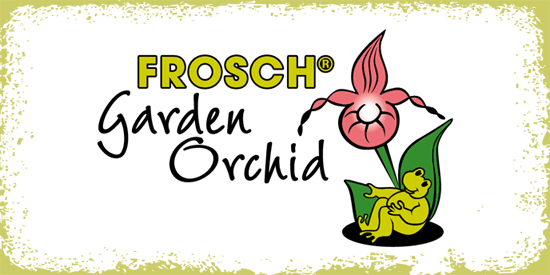Advice for Nurseries
Cypripediums are quite different in their growth patterns compared to other perennials. It is important to be aware of the differences in order to achieve positive results in the cultivation and selling of these garden jewels.

In the garden and when planted in beds in the nursery, cypripediums are easy to grow because nature does the best job here. In pots, cypripediums are quite demanding and not easy to please.
So keep cypripediums in pots for as short as possible and only when necessary for selling. The best way is to grow them in beds and sell them bare-root via mail order or directly to the customer, which is even possible during the growing season. The best time for shipment and planting is autumn.
As long as the conditions are fine, cypripediums are stable and vigorous, requiring little care. There is not much to do, but doing the right thing at the right time is crucial. Neglecting cypripediums or failing to handle them with care for a few weeks only can have long-lasting effects on the growth rate of these plants.
The reason for this is that cypripediums react like a flip switch. There will be no medium growth when growing conditions are stressful for the plants over a longer period of time, which is in contrast to normal perennials.
Once they have been living above a certain level of stress, cypripediums will suddenly show severe root and/or leaf damage, may become very sensitive and even die. At the very least, there will be less growth for the next 1-3 years.
Where other perennials count in months, cypripediums count in years. This is due to the fact that they do not constantly grow during spring and summer. They only take one step a year.
Details...
The shoots unfold in spring and that's it for that year, no further shoot development after flowering in May! Further growth takes place below the soil's surface, i.e. the formation of new roots and shoot buds for the next year.
The roots are few and thick, typical of orchids. They have only one root tip and do not branch, continuing to grow for several years. If such a root tip is damaged, the further extension of this root is stopped for the next few years! No additional roots will form and the plant must live on a reduced root system.
This is why mistakes in cultivation are not so easily forgiven with cypripediums and why a healthy root system is essential.
